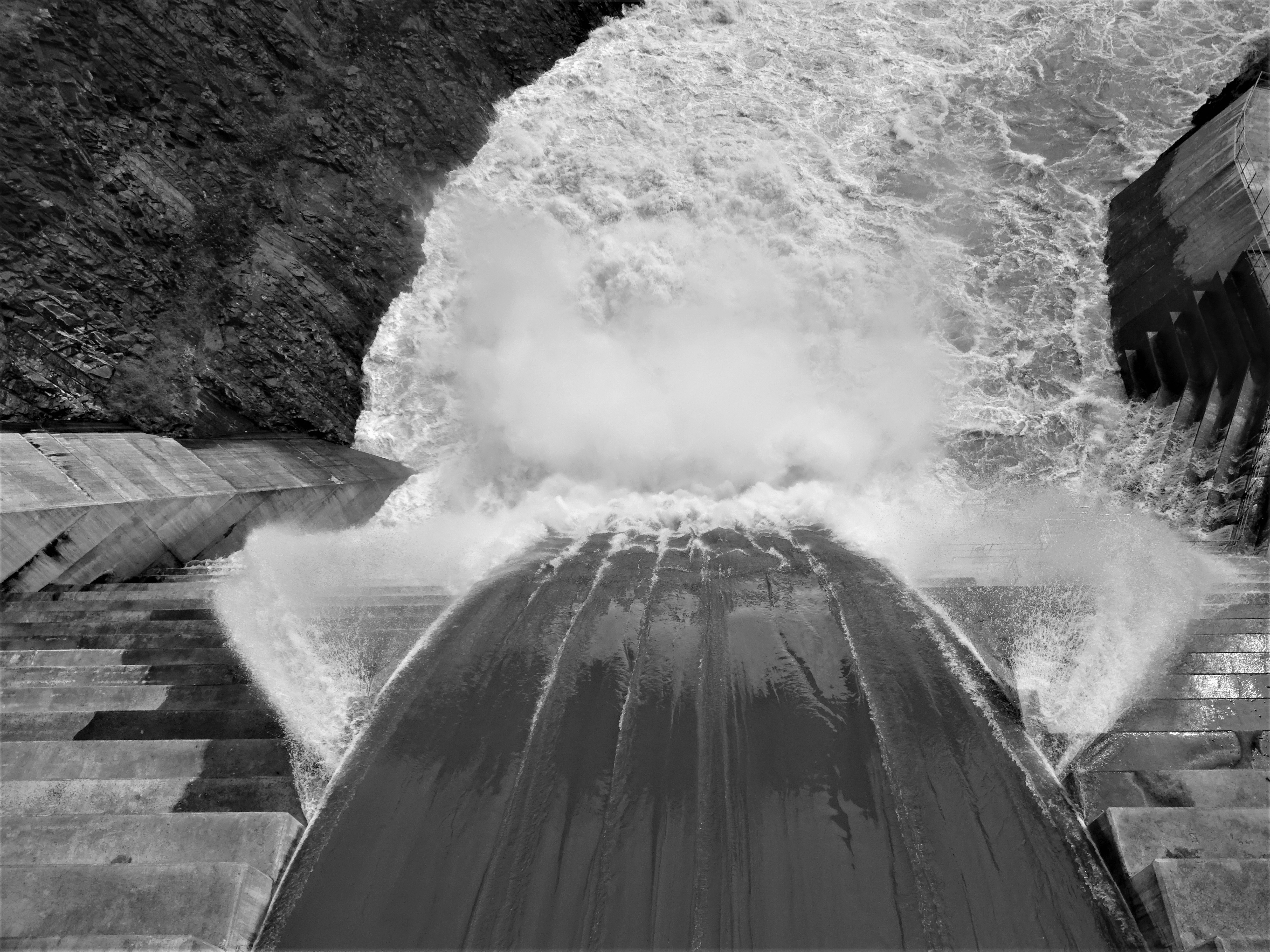Presentation
White waters are often observed in free-surface flows such as hydraulic jumps or in supercritical flows over smooth or rough beds. Entrained air limits the use of common monophase flow measurement instrumentation and has motivated the development of specialized measurement equipment for air-flow research.
The aim of this research project is to improve the interpretation of intrusive phase-detection probe signals, thereby providing a robust estimation of mean velocities and advanced turbulence properties. One major outcome is the phase-detection signal processing toolbox, which contains the adaptive window cross-correlation (AWCC) technique for processing dual-tip phase-detection probe signals in highly aerated flows. The code is written in Matlab and comes with a representative data set, publicly available on Github (see related links below). Our research goal for the future is to advance the characterisation of aerated boundary layer flows as counterpart to the existing monophase flow theory.
The image on the right shows a typical aerated flow down a stepped spillway. The spill had an Annual Exceedance Probability of around AEP = 1% and occurred in March 2017 at the Hinze dam, located in the Gold Coast hinterland.
Key publications
- Kramer, M., Valero, D., Chanson, H. and Bung, D. (2019). Towards reliable turbulence estimations with phase-detection probes: an adaptive window cross-correlation technique. Experiments in Fluids 60(2).
- Kramer, M., Hohermuth, B., Valero, D. and Felder, S. (2020). Best practices for velocity estimations in highly aerated flows with dual-tip phase-detection probes. International Journal of Multiphase Flow, under review.
